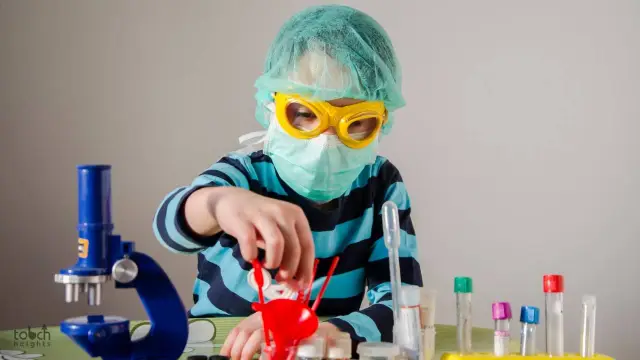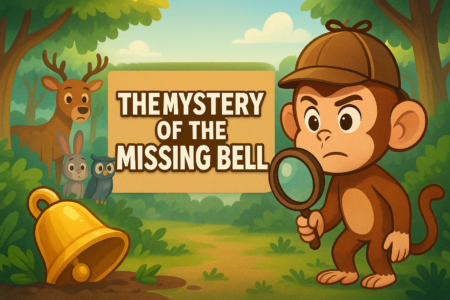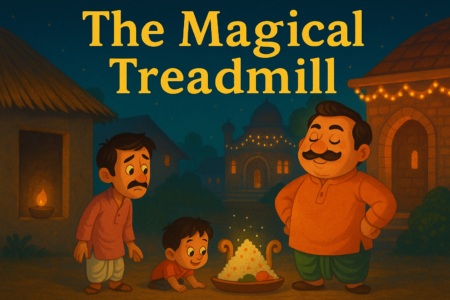Do you enjoy staring at the clouds in the sky? But how are they going to get there?
When water vapour condenses into water droplets in the air, they bind to dust, pollen, smoke, and other particles. A cloud is formed when billions of these water droplets combine.
We studied numerous novels about clouds as part of our weather unit. Then we decided to try our hand at some science by creating our clouds in a jar. Making a cloud in a jar may be done in a variety of ways. We will share the strategies we used and explain how they work in this post.
What causes clouds to rain?
So, before you get started with this cloud in a jar science experiment, here’s how actual clouds dump rain. Millions of tiny water droplets make up clouds. When these water droplets get too heavy, gravity causes them to fall like raindrops.
Your cloud is made of shaving cream in this cloud in a jar experiment. The cloud is then coloured with food colouring (rain). The cloud becomes increasingly dense as additional food colouring is applied. When the rain (food colouring) becomes too heavy, it falls into the jar.
Instructions for Making a Cloud in a Jar
Making a cloud in a jar may appear to be witchcraft. For the kids witnessing you do it and create a cloud out of thin air, it is undoubtedly magical, but the physics behind it is also fascinating. Read our post to learn how to put this together and what supplies you will need.
Supplies
You may make a cloud in your living room with some basic ingredients that you can purchase in most stores around your home. Here are a few examples.
- A mason jar
- 1 cup of boiling water
- Food colouring, preferably blue
- Hairspray
- A few chunks of ice
Instructions
- Pour the boiling hot water into the mason jar (or any other type of jar you have at home).
- You may use the food colouring to give the water a sky-like look. It also aids in distinguishing between cloud and water.
- Take the hairspray and swiftly spray it inside the container.
- Immediately after spraying, replace the lid on the container. Keep the lid ready since this must be done fast.
- While the jar is closed, place the ice cubes on top of the lid.
Understanding the Science Behind the Cloud in a Jar Activity
- Why Kids adore the cloud in a jar with hairspray activity because it is so simple to do. However, by explaining the science behind how the experiment works, you may transform this experiment into a learning opportunity for the youngsters. When water on the earth’s surface gets heated and evaporates, clouds develop. When matter transforms from liquid to gas, it rises through the atmosphere and cools due to the lower temperatures. This causes it to condense, or turn from a gas to a liquid, on small particles in the air.
- When hot water was put into the jar, the heat caused the air within to warm up. Some of the water within evaporated into the air due to the heat. This caused the jar to fill with water vapour and rise. Due to the ice and temperature difference, the vapour began to cool after it reached the top of the jar. The vapour then condensed onto the hairspray particles as it cooled. This is what caused the cloud to build within the jar.
- Keep a close eye on the interior of the jar because the cloud will develop swirls as it forms. A convection circulation is what causes this because heated air rises and cool air descends at the same time. Although simple to carry out, this experiment gives children not only a pleasant exercise but also knowledge in a delightful way that will help them remember it for the rest of their lives. Including a fun aspect in the learning process is a terrific approach to keep kids engaged and eager to learn. They may become bored with traditional classroom approaches, but doing an experiment and teaching them how things function is a terrific motivation.
- You may also alternate between warm and cold water to help youngsters understand the importance of their interaction and how both are necessary to build a cloud. You should show the students this experiment in a slightly darker environment so they can watch the cloud build and escape the jar.
- Children are highly interested and desire to learn if the learning approach used is new and interesting to them. To keep your child’s surprise and interest, incorporate entertaining ways to learn in the classroom or at home. We hope you learned something from this experiment and that your kids enjoyed it as much as we did!







